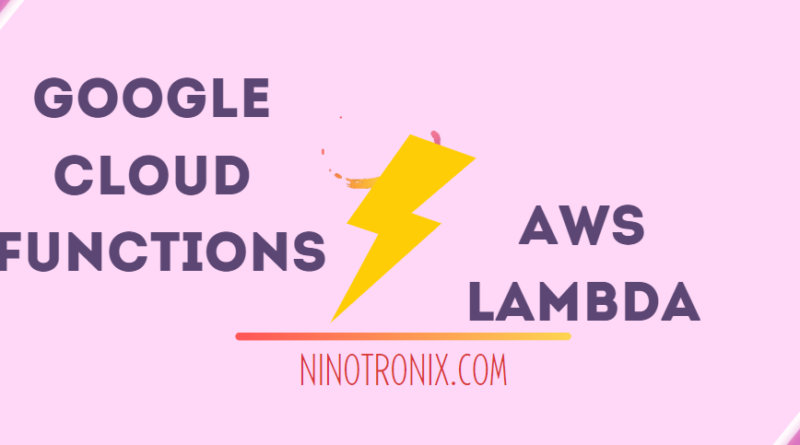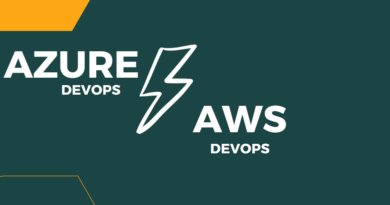Google cloud functions vs AWS lambda
Google Cloud Functions and AWS Lambda are both serverless compute services that allow developers to build and deploy applications without managing the underlying infrastructure. While there are similarities between the two, there are also some key differences to consider when deciding which one to use. Here are some points to consider when comparing Google Cloud Functions and AWS Lambda:
- Programming languages: Google Cloud Functions support several programming languages including Node.js, Python, Go, and Ruby. AWS Lambda supports a wider range of programming languages including Node.js, Python, Java, Go, Ruby, and .NET Core.
- Runtime: Google Cloud Functions use their own runtime environment, which includes the necessary libraries and dependencies for the chosen programming language. AWS Lambda also has its own runtime environment, but also allows developers to bring their own custom runtime.
- Scaling: Both Google Cloud Functions and AWS Lambda offer automatic scaling, meaning that the platform will handle scaling up or down based on demand. However, AWS Lambda offers more granular control over scaling options, while Google Cloud Functions have a limit on the maximum number of instances that can be created for a given function.
- Integration: Google Cloud Functions integrate well with other Google Cloud services such as Google Cloud Storage, Google Cloud Pub/Sub, and Google Cloud Firestore. AWS Lambda integrates well with other AWS services such as Amazon S3, Amazon DynamoDB, and Amazon API Gateway.
- Triggers: Google Cloud Functions support triggers for Cloud Storage, Cloud Pub/Sub, Cloud Firestore, Cloud Vision API, Cloud Natural Language API, and Cloud Spanner. AWS Lambda supports a wide range of triggers including API Gateway, S3, DynamoDB, Kinesis, and more.
- Pricing: Both services offer a pay-as-you-go model, where you only pay for the resources used. However, the pricing models differ, and it’s important to review each provider’s pricing structure to determine which one is more cost-effective for your use case.
- DevOps Integration: AWS Lambda provides full DevOps support with AWS CodeDeploy, AWS CodePipeline, and AWS CloudFormation. Google Cloud Functions provides integration with Google Cloud Build, but lacks the integrated continuous deployment capabilities of AWS Lambda.
- Serverless Framework: AWS Lambda has full support for the Serverless Framework, which is a popular open-source framework for building serverless applications. Google Cloud Functions also has support for the Serverless Framework, but it’s not as fully integrated as with AWS Lambda.
- Documentation and Support: Both providers offer comprehensive documentation and support, with extensive resources and documentation available online. However, AWS Lambda has better documentation and support than Google Cloud Functions, with a more extensive set of resources and a larger community of users and developers.
- Platform Integration: AWS Lambda is part of the larger AWS platform, which offers a wide range of services including compute, storage, and networking. Google Cloud Functions are part of the larger Google Cloud platform, which offers a similar set of services. However, AWS has a wider range of services and a larger ecosystem than Google Cloud.
In summary, both Google Cloud Functions and AWS Lambda are excellent serverless compute services that provide many similar features and benefits. The decision of which one to use will ultimately depend on your specific requirements, programming languages, integrations, scaling needs, and cost considerations. AWS Lambda has more features and integrations, and a larger ecosystem, while Google Cloud Functions are simpler to use, and offer better support for Node.js.




